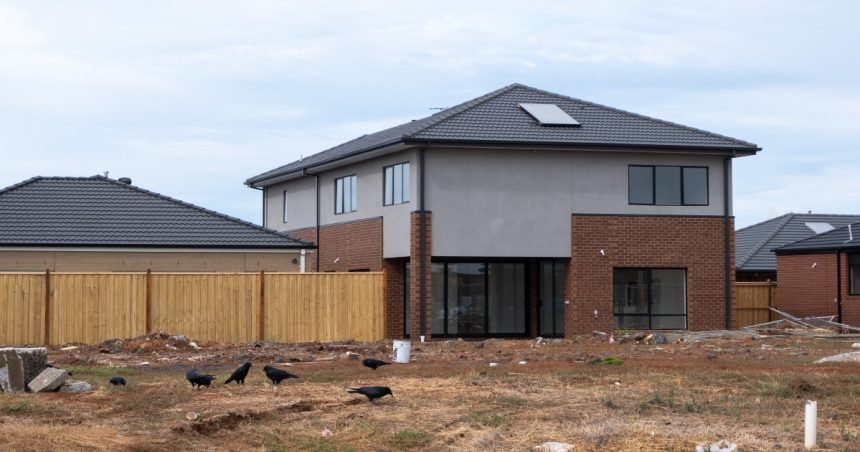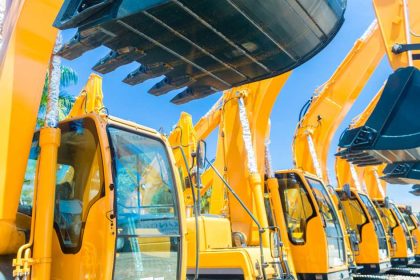Utilising smart building technology could slash Australia’s home construction times in half, experts say.
With people struggling to find affordable housing and Australia’s construction industry facing its worst downturn in decades, a new game-changing building method has emerged as a key way to solve Australia’s ongoing housing crisis.
By blending emerging digital smart technologies with a dedicated and localised manufacturing base, construction companies can streamline sluggish build processes and deliver projects up to 60 per cent faster than standard build times.
The method could provide a solution to the housing supply shortage and help stabilise the construction industry’s economic instability, which saw more than 2,000 construction companies go bust between July 2023 and March 2024.
Construction smart tech firm PT Blink has combined its digitised DMI (Design-Manufacture-Integrate) method with a unique post-tensioned steel structural system, which, when combined, can deliver multi-story buildings in half the timeframe.
The steel framing is delivered on-site in ready-to-go flat pack form, with builders already being able to construct up to seven floors in 11 days –reducing their total project time from 16 to 8 months.
Meanwhile, smart tech also allows construction companies to pre-design and manufacture the building walls, windows, bathrooms, kitchens, and elevators, which are delivered to the site in finished form once the steel structure is in place and ready for installation.
The PT Blink method built 7 floors in 11 days for a Queensland multi-storey residential development. This innovative method reduced project time from 16 months to just 8 months, rapidly accelerating the time to market and changing the project’s financial feasibility.
PT Blink CEO Wayne Larsen told Build-it that smart building technology can completely transform a project’s financial feasibility by rapidly accelerating its time to market.
“The way we’ve built for the last 100 years is fundamentally unsustainable given today’s economic realities,” Mr Larsen said.
“We’re at an inflection point where smart building makes better economic sense than outdated construction methods. While we’re throwing money at trade skill shortages, builders are collapsing, and ambitious housing targets cannot possibly be met.”
“Supply cannot keep up with booming housing demand, made worse by construction’s capacity, costs and workforce constraints. Our technology-driven approach provides the productivity leap the industry desperately needs.”
Used by developers and their builders, this “smart building” method directly addresses the major challenges crippling traditional construction by shifting most of the work to controlled offsite facilities.
Not only does this make the building even easier to put together, but it also minimises weather delays, material wastage, and onsite safety risks that plague conventional methods.
Faster build times aren’t the only benefit of smart buildings. The custom digital design also leads to improved product precision and reduced reworks.
There’s also a substantial reduction in construction waste, embodied carbon and lower risk of injury while also boosting the number of manufacturing jobs.
Mr Larson says PT Blink wants to become Australia’s “IKEA of Construction” by changing the way the industry thinks about building methods.
“The current model is unstable, not working financially or environmentally,” he said.
“We can’t keep making small fixes to a broken system. It’s time to change the methodology—change everything fundamentally.”







